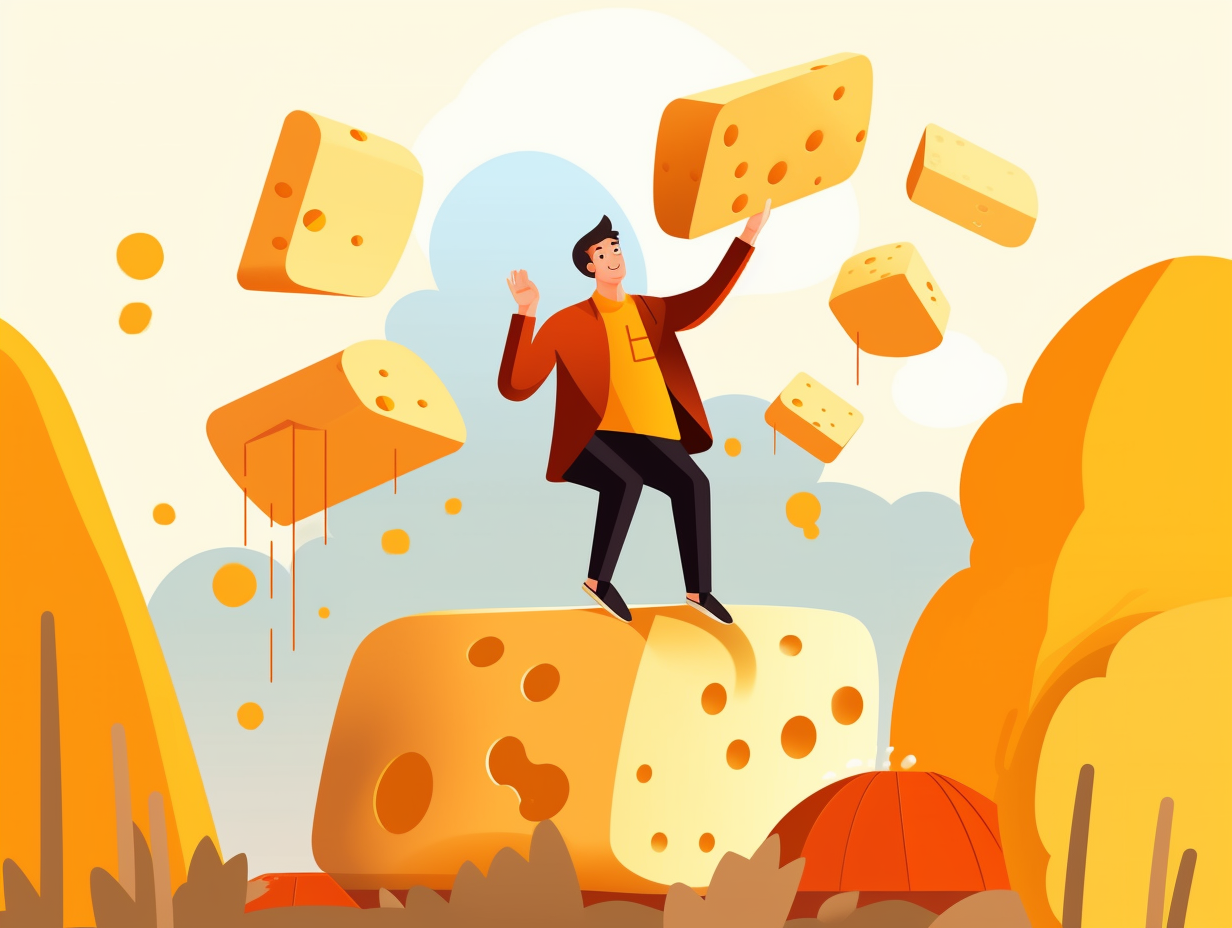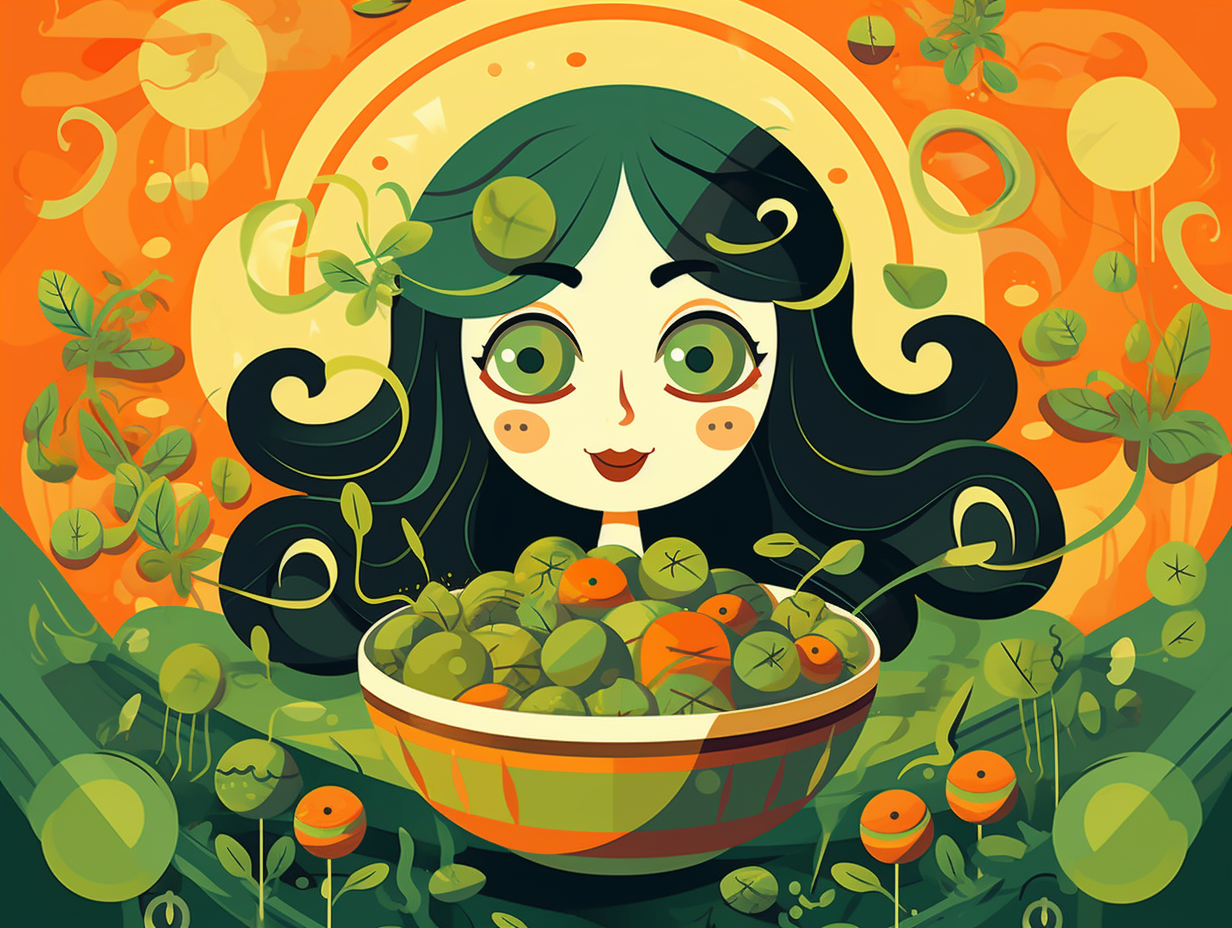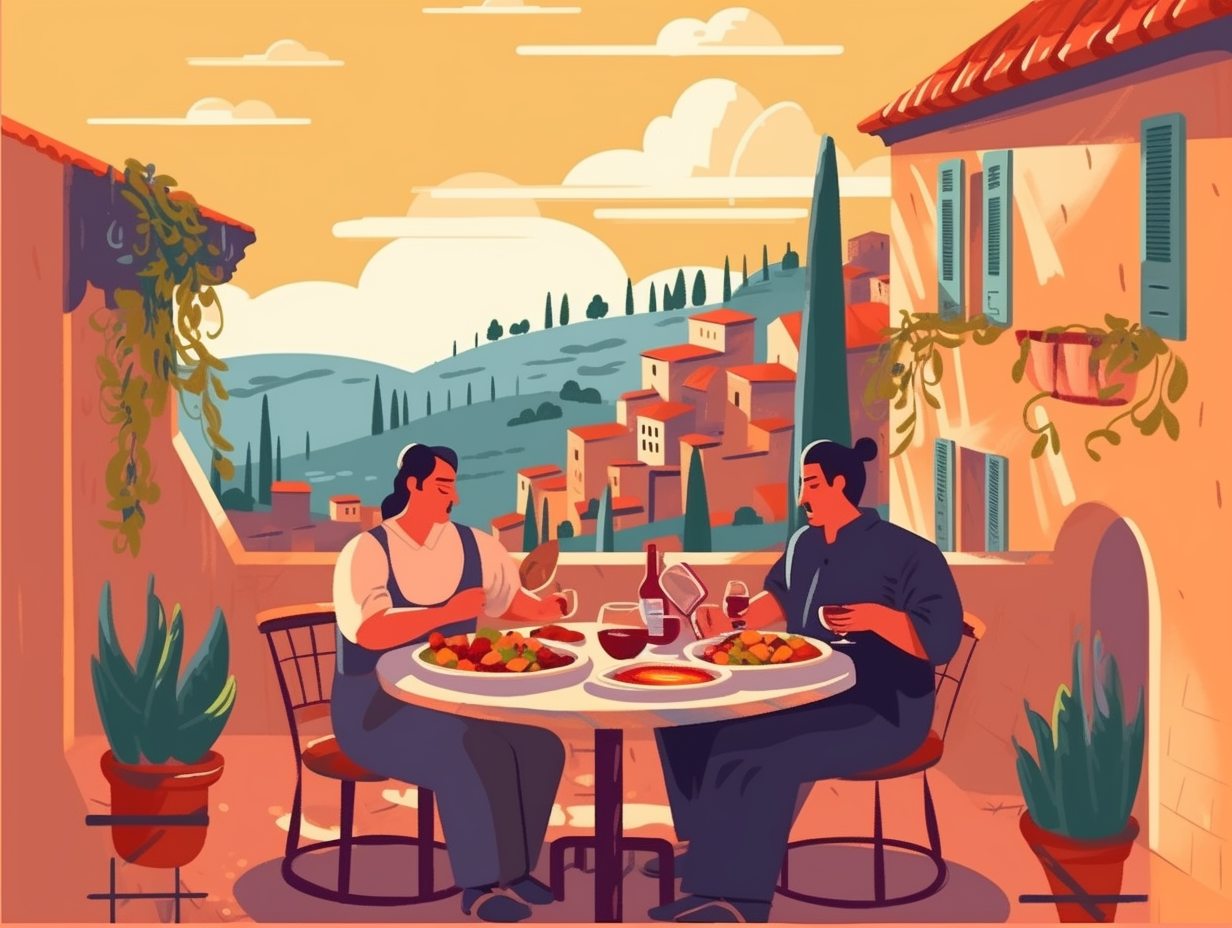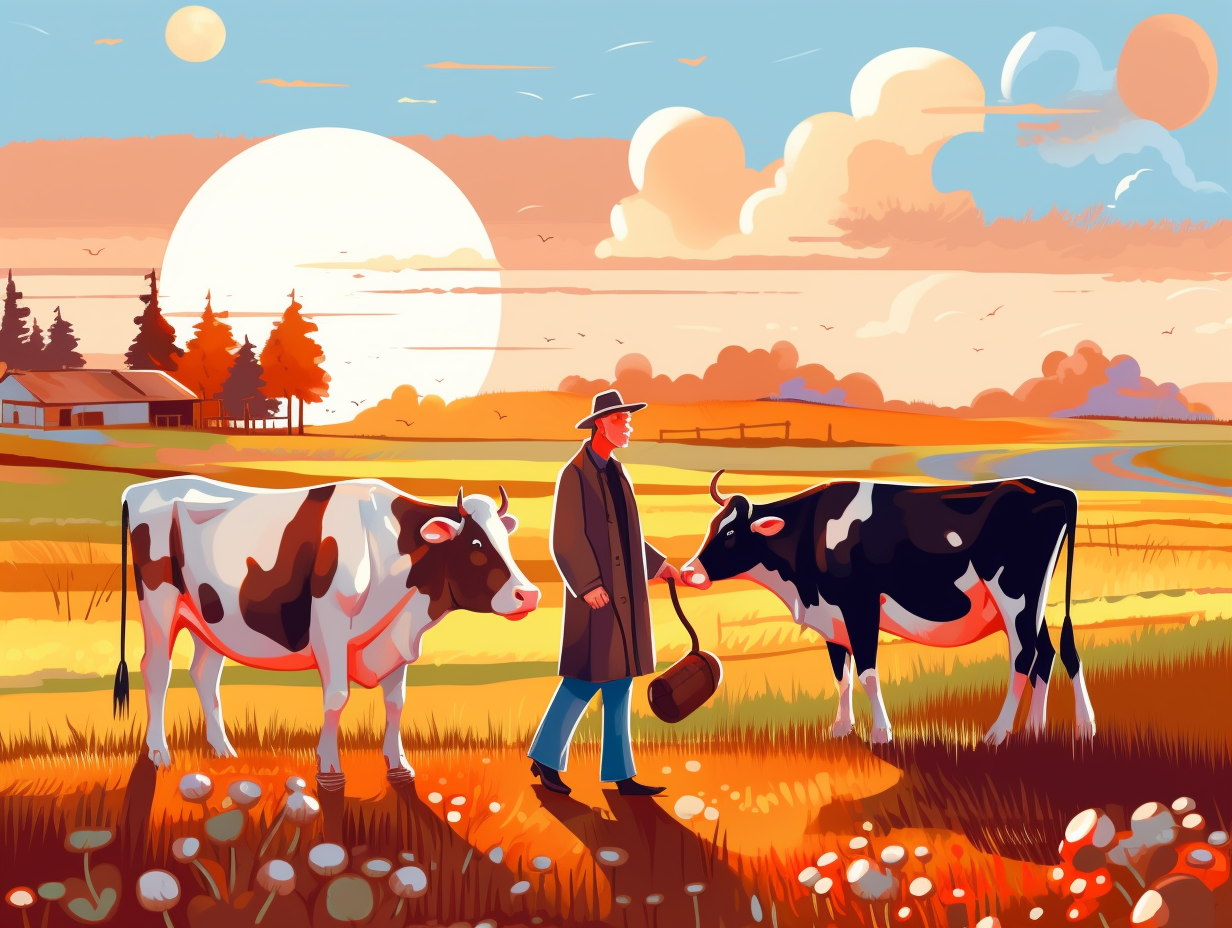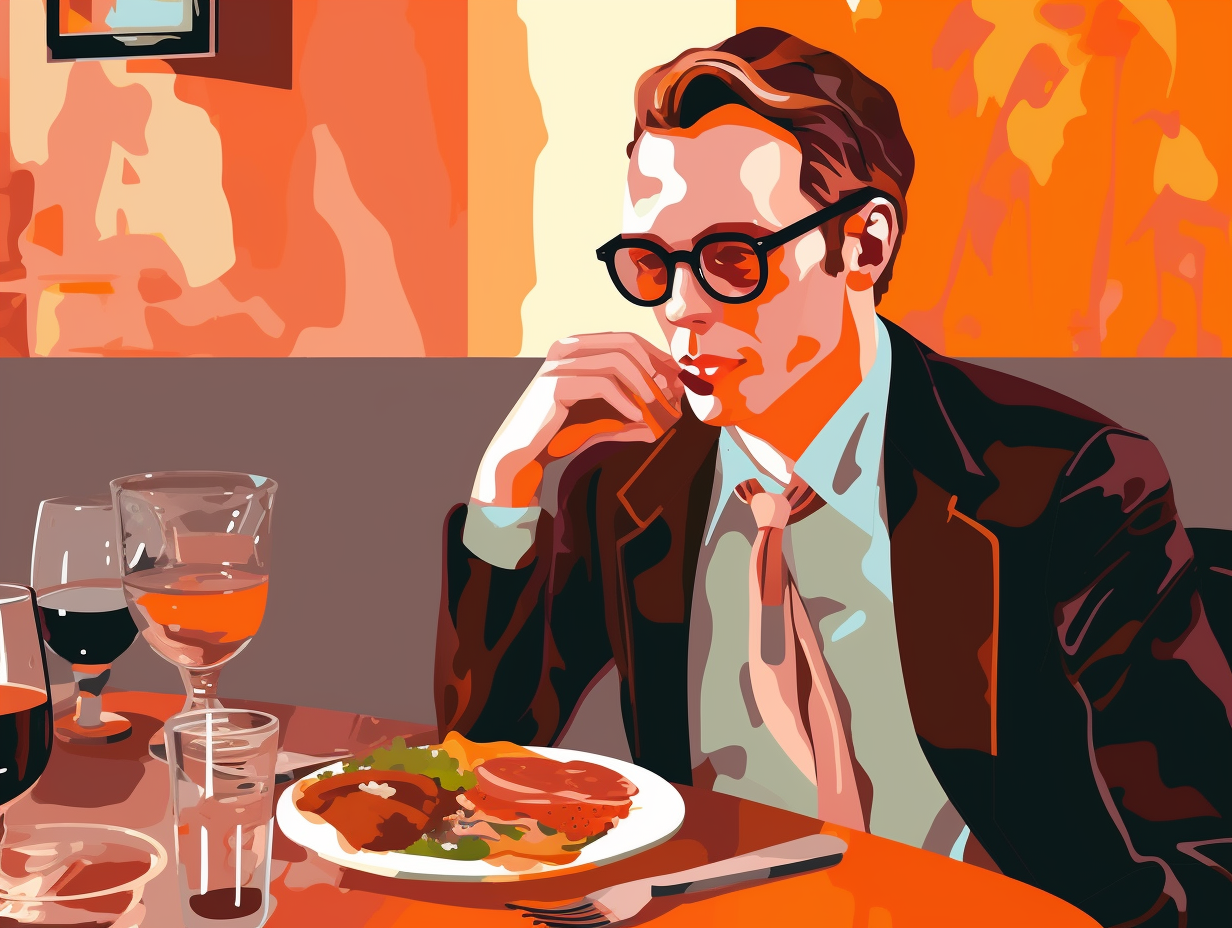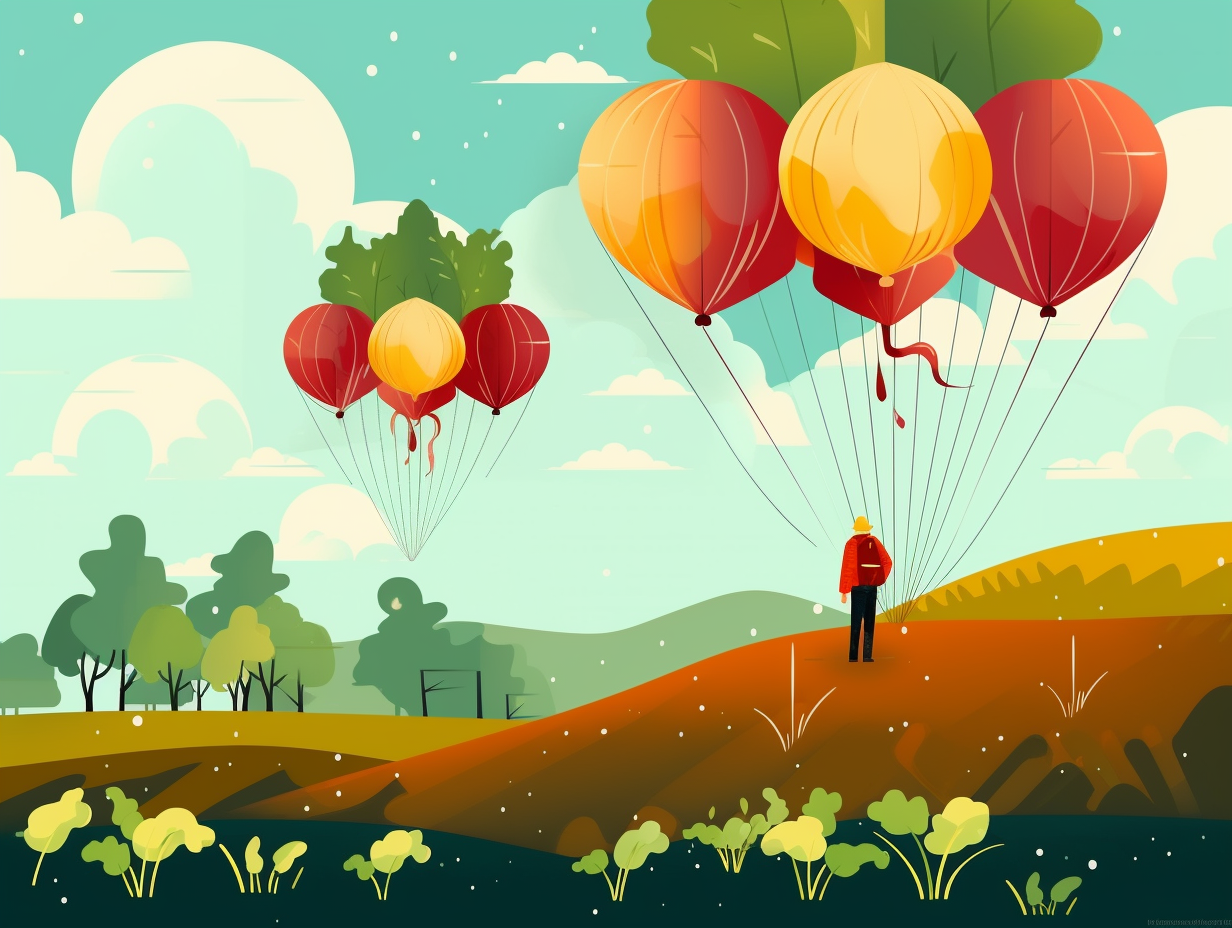Discovering Delights: Top 9 Unbelievable Fun Facts About Turkey Food You Need to Know!

1. Post-Thanksgiving Naps Debunked
Gobble 'til you wobble, but remember it's not just the turkey making you tipsy: Contrary to popular belief, the L-tryptophan in our festive fowl isn't the main culprit behind post-Thanksgiving naps – it's actually the overindulgence in both food and alcohol that sends you snoozing! However, a balanced meal with both turkey and carbs can naturally boost your serotonin levels, giving you those warm, fuzzy feelings of happiness and relaxation.
Source => medicalwesthospital.org
2. Heavyweight Turkey Champ
Gobble up this titbit: When heavyweight champion Mike Tyson was knocking opponents out cold in the ring, another Tyson, a turkey, took the chubby crown by tipping the scale at a whopping 86 pounds (39.09 kg). This feather-weight-to-plus-size phenom snatched the Guinness World Record for the greatest dressed weight on December 12, 1989 – participating in London's final annual "heaviest turkey" competition – and was then auctioned off for charity in a gesture worth gobbling about.
Source => pentictonwesternnews.com

Did you know that in 2016, some chicken nuggets contained more plastic than expected? Discover how a manufacturing mishap led to a nationwide recall! 🚫🍗💡
=> Fun Facts about Chicken-Nuggets
3. Turkeys' Mexican Roots
Gobble up this surprising tale from the past: The big ol' turkeys we eat today actually hail from Mexico, thanks to the ancient Maya people who domesticated the Meleagris gallopavo species and incorporated the prized poultry into their ceremonies and feasts!
Source => sci.news
4. The Clawed Gladiators
Step aside, Wolverine: the real bone-clawed fighters reign in the land of gobble-gobble! Male turkeys possess leg spurs they use to duke it out for breeding rights: As these fowl gladiators age, their spurs grow even longer and sharper – the older the turkey, the deadlier the claw.
Source => ironmountaindailynews.com
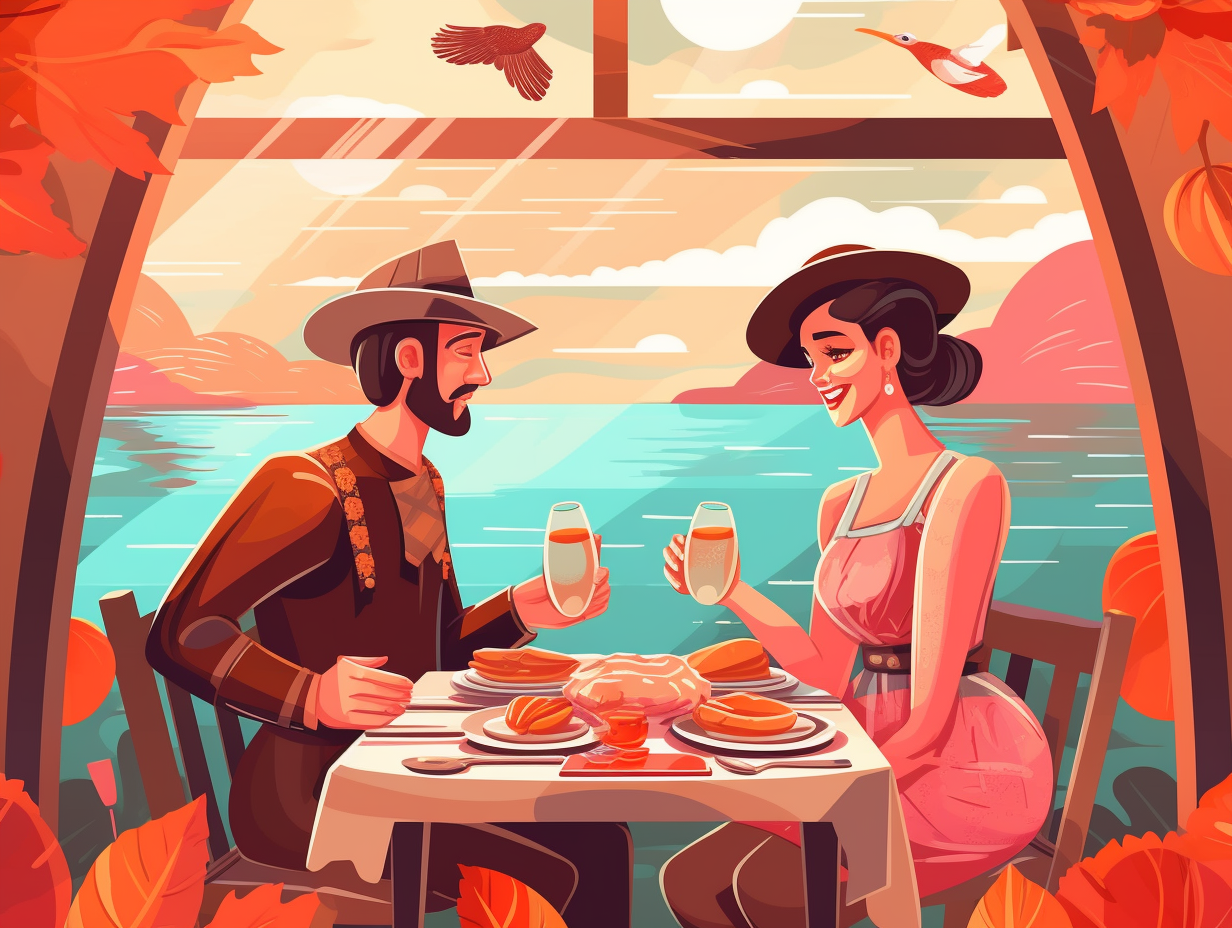
5. Turkey's Global Journey
Talk about an international globetrotter: the turkey went from luxury meat status in Europe to partying with the aristocracy, before becoming the star of Christmas feasts and farmhouse favorite worldwide! Seriously though: turkeys were brought to Europe by Spanish explorers, and by the 19th century, they became a Christmas staple in England, spread across Europe, and are now consumed on all seven continents with the highest per-capita consumption rate in Israel.
Source => theatlantic.com
6. Grounded Baby Turkeys
Did you hear about the baby turkeys that tried flying lessons at 'Toms and Hens Aeronautical Academy'? Turns out they were grounded from the start: Baby turkeys, called "poults" or "chicks," are actually unable to fly initially after being born, eventually learning their air skills as they grow.
Source => veganpeace.com
7. Polyglot Poultry
Who says you can't teach an old bird new tricks? Turkeys are the polyglots of the poultry world: These gobble-gobblers are fluent in over 10 distinct vocalizations, including the plain yelp, cackle, lost yelp, assembly yelp, kee-kee, purr, and gobble, enabling turkey hunters to "talk turkey" and communicate effectively with these feathery chatterboxes.
Source => mossyoakgamekeeper.com
8. Turkey Mood Ring Heads
Who you calling turkey, turkey? These feathery friends have a not-so-hidden talent: they're like emotional mood rings for your eyes, switching their head hues with every dramatic flip of the feather. *drumroll please*: When a turkey gets excited, its blood vessels contract, exposing more connective tissue and causing its head to change color from red to blue or white. This unique skill inspired scientists to develop a toxin sensor based on the turkey's color-changing technique, culminating in the iColour Sensor smartphone app that detects chemicals like water, alcohol, and even explosive TNT in the air just by using the phone camera to read the color changes.
Source => healthline.com
9. Spurring Rivalries
Forget crowning achievements, turkeys prefer spurring rivalries: Male turkeys proudly sport a unique claw called a spur on the back of their legs, measuring up to 2 inches or more as they grow, primarily used to assert dominance over other males during mating season.
Source => modernfarmer.com
Related Fun Facts

